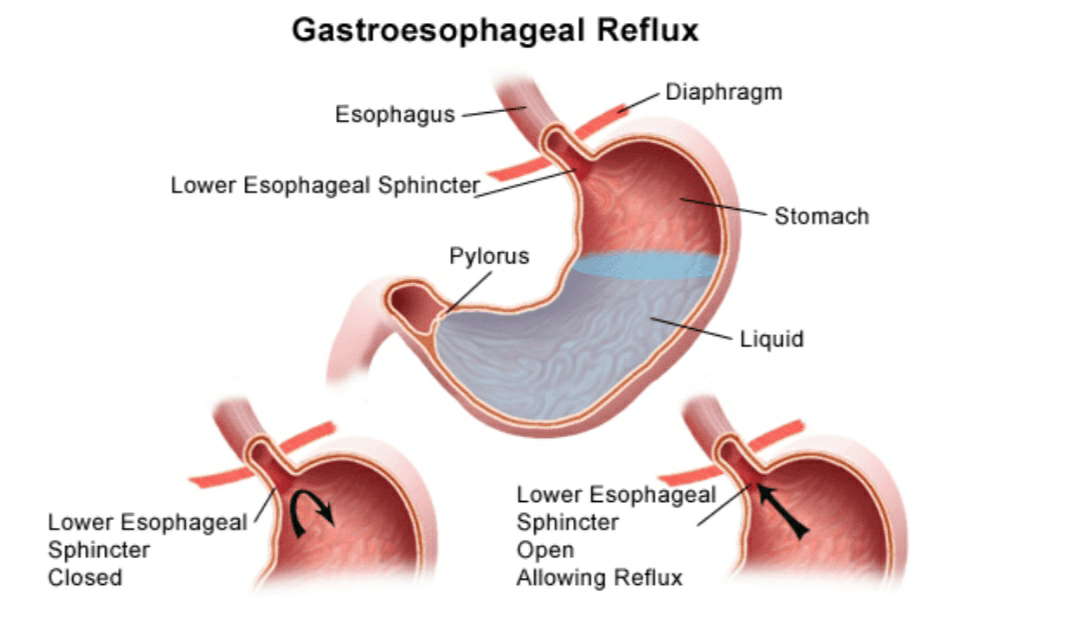SCENARIO:3
A 45 year lady had a history of Gastroesophageal reflux disease (GERD).She consumes eight cups of tea daily. She also had a history of hypertension. Her GERD worsened and persisted for a week and as a result of this she went to seek the advice of her physician. The physician ordered urea breath test, the test result was positive.
QUESTIONS
i. What do you suspect the patient might be suffering from?
As the lady had history of Gastro-esophageal reflux disease (GERD) that remained persistant and worsened. Patient may reported “dyspepsia” along with other symptoms such as weight loss, fatigue, irritable bowl syndrome. The symptoms are referred to collectively as “functional dyspepsia”. So the presence of Helicobactor pylori(H.pylori) are always suspected in patient with persistant dyspepsia.
ii. What is urea breath test?
The Urea Breath Test is used to detect Helicobactor pylori(H.pylori), a type of bacteria that might infect the stomach and is a main cause of ulcer in both stomach and duodenum.
Helicobactor pylori(H.pylori) produces an enzyme called urease, which breaks urea into ammonia and carbondioxide. During the test, a tablet containing urea ( a chemical made of nitrogen and minimally radioactive carbon) is swallowed and the amount of exhaled carbondioxide is measured. This indicates the presence of Helicobactor pylori(H.pylori) in the stomach.
iii. What are different regimens recommended for the eradication of susceptible organism?
Treatment involves a combination of medications to kill the H. pylori bacteria , and reduce acid levels in the stomach. This strategy allows your ulcer to heal and reduces the chance it will come back.
TREATMENT REGIMENS :
• THREE DRUG REGIMENS
➢ Proton pump inhibitor (PPI) orally twice daily + Clarithromycin 500mg orally twice daily +Amoxicillin 1gm orally twice daily. Eradication 85-90%. Duration 10-14 days.(FDA Approved Regimen)
➢ Bismuth subsalicylate 525mg four times daily + Tetracycline 500mg four times daily + Metronidazole 500mg orally 3 to 4 times daily. Duration=14 days. but efficacy reduced without PPI. (FDA Approved Regimen)
➢ Proton pump inhibitor orally twice daily + Clarithromycin 500mg orally twice daily + Metronidazole 500mg orally twice daily. Duration 10-14 days( for penicillin allergic patients).
➢ Ranitidine bismuth citrate 400mg orally twice daily + Clarithromycin 500mg orally twice daily + Amoxicillin 1gm orally twice daily Duration= 7-10 days.
➢ PPI’s = omeprazole 20mg, lansoprazole 30mg, pantoprazole 40mg, rabeprazole 20mg, esomeprazole 40mg ALL PO orally twice daily.
• TWO DRUG REGIMENS (FDA APPROVED)
➢ Dual therapy well-studied, but lower eradication rates (60-85%) make them second tier options.
➢ PPI + either clarithromycin 500 mg orally three times daily OR Amox 1gm orally twice daily for 2 weeks then PPI for 2 more weeks (PPI = omeprazole 40mg QD or lansoprazole 30mg orally three times daily)
➢ Ranitidine bismuth citrate (RBC) 400 mg orally twice daily + clarithromycin 500 mg orally three times daily OR orally twice daily for 2 weeks then RBC for 2 more weeks
• FOUR DRUG REGIMEN
➢ Proton pump inhibitor orally twice daily + Bismuth subsalicylate 525mg four times daily + Tetracycline 500mg four times daily + Metronidazole 500mg orally 3 to 4 times daily. Duration 2 weeks.
iv. What lifestyle changes you advice to the patient?
• Stop smoking.
• Don’t abuse alcohol.
• Prevent spicy food intake.
• Drink fresh water with empty stomach.
• Use natural antacids like banana, milk and aloevera juices.
• Try to intake maximum fersh juices instead of packaged.
• Chew gums at free time, make sure it must be sugar-free.
v. Device a care plan for this patient.
• Improved treatment compliance by Data collection.
• Sharpened dietary component.
• No need to strictly follow a diet, due to new proton pump inhibitor efficacy;
• Decreased duration of therapy: from 14 to 7–10 days;
• Decreased number of different tablets to ingest, due to combined standard preparations.
• Decreased number of daily tablets from 4 times a day to twice-daily schemes.
• Lessened toxicity and probability of side effects by proper selection of drugs
• Improved clinical efficacy in terms of H. pylori eradication ratios by testing time to time.
• Overcoming the problem of antibiotic.
• Satisfied the need for alternative protocols for those patients who are allergic to one of the standard antibiotics used in standard protocols.

